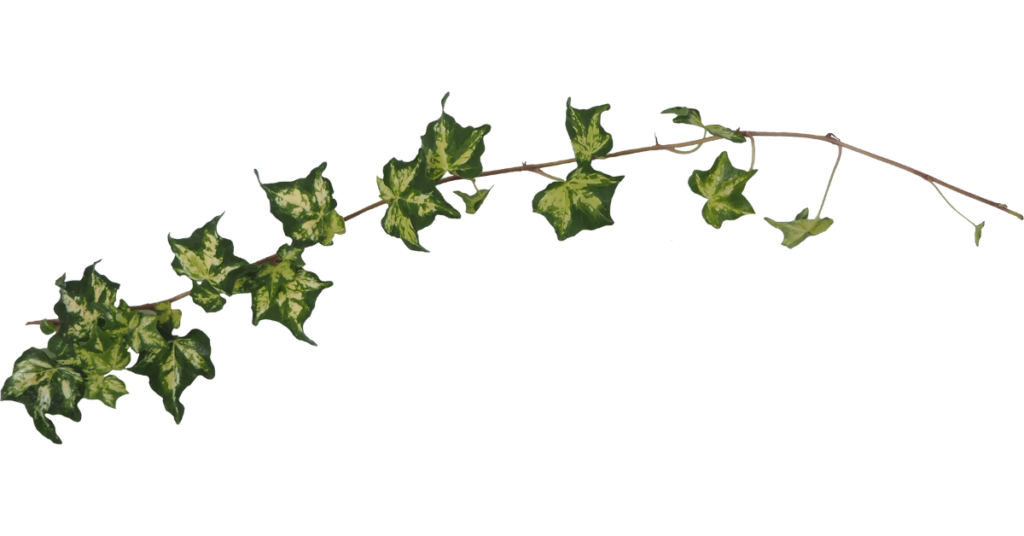Ivy (Hedera)
Ivy is a bitter aromatic herb that has an emetic effect and a nauseating taste. Over the millennia, it has been used as a handy folk remedy – particularly in the treatment of rheumatism, and also as an external application to skin eruptions, swollen and painful joints, burns and suppurating cuts.
Recent studies have shown that the leaves contain the compound ’emetine’, which is an alkaloid that has amoeba killing properties. It also contains triterpene saponins, which have been shown to successfully treat liver flukes, other internal parasites, and fungal infections.
Parts used
The leaves are harvested in spring and early summer, they are used fresh and can also be dried.
Uses
Taken internally, ivy is used for the relief of gout, rheumatic pain, whooping cough, bronchitis, and as a parasiticide. An infusion of the twigs in oil is recommended for the treatment of sunburn. However as the plant is mildly toxic it is imperative that it should be used under supervision of a qualified herbalist.
Constituents
Ivy leaves are emetic, emmenagogue, cathartic, antibacterial, antirheumatic, antiseptic, antispasmodic, astringent, diaphoretic, stimulant, sudorific, vasoconstrictor, vasodilator, and vermifuge.
Contraindications
Excessive doses of ivy can cause unpleasant side effects including the destruction of red blood cells, irritability, diarrhoea, and vomiting.

